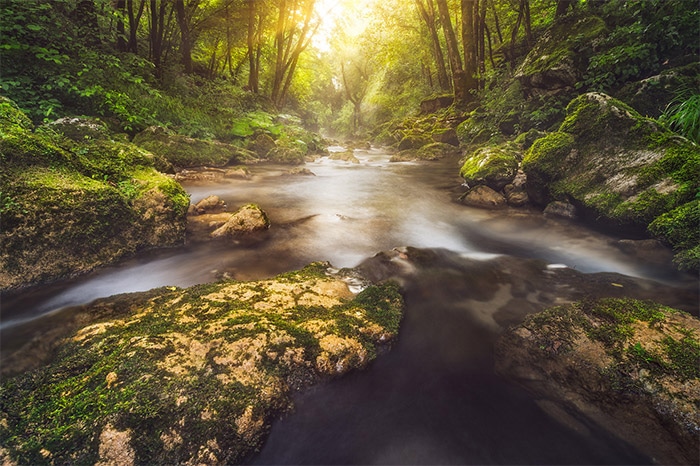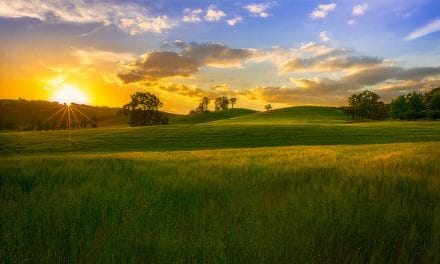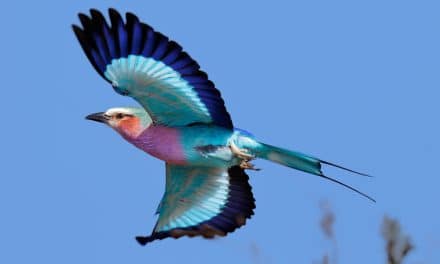As someone who started photography with birds, I initially thought landscape photography would be easy. It is quite the contrary. Taking a photograph of a scene is straightforward. Capturing a landscape image that gives the viewer a brief, visual escape may be easy during one shoot. The next shoot may be a different story. Some landscape compositions are obvious, some are not.
A typical landscape image represents nature. Landscapes may include hand of man elements such as piers, buildings, barns and railroad tracks to name a few. Compelling landscapes may be colorful, black and white, or somewhere in between.
With all of this diversity, what are some common foundational characteristics that make a good landscape image?
1. Think Big: Large Depth of Field
To convey the scene’s vastness, a large depth of field (large f/stop number) will scale the scene. A large depth of field will cast a sense that ‘everything’ is in focus. The two main focusing methods include:
1) Infinity focusing is when your lens focuses on a point in the distance. With autofocus lenses, press the shutter as you normally would when focusing on a subject. For manual lenses or when operating your lens manually, simply turn the lens until the subject is in focus. Many lenses have a meter that have a sideways figure 8. The figure 8 represents infinity.
An example of when to use infinity focusing is when photographing the milky way. It may be hard for your camera to autofocus on a point in the distance. Switch to manual focus and rotate your lens to infinity.
2) Hyperfocal distance focusing maximizes what is actually in focus. Aperture, focal length/distance and your camera’s sensor (cropped versus full frame) will determine where the optimum hyperfocal point is. Don’t worry! What used to be a manual calculation is now very simple. There are many online resources and mobile apps that will help you determine the right hyperfocal distance.
Everything from half the hyperfocal distance all the way to infinity will be in focus. For more on this subject please see What is Hyperfocal Distance and How Can it Sharpen Your Landscape Photos?
2. Let the Lines Lead You
Piers, railroads, pathways and other leading lines create compelling landscape images that can transport the viewer deeper into the scene. Wide and super wide angle lenses emphasize big landscapes and leading lines. Work with a small aperture from f/16 to f/22 combined with the hyperfocal distance to keep the leading lines and total scene in focus.
Reminder: The smaller the aperture (big f/stop number), the less light. A tripod is suggested for stability to prevent blurriness resulting from camera movement at slower shutter speeds. A cable release is also recommended if you’re shooting in low light situations to minimize camera shutter shake.
3. Thinking Traditionally…..and Creatively
There is a lot to consider when planning your composition. What makes the scene interesting? Are there distractions that take away from the scene? Do I have everything I need in the frame? Is anything being cut out of the image that would make it look like something was missing? Is there a different way of looking at the scene that creates a unique perspective? How will I process this image?
Which questions resonate with you? Are there other considerations you would add to the list based on personal experiences?
Traditional
When we intend to photograph a specific landscape, we may already have an idea of what we want that image to look like. We know what time we need to arrive to set up for our shoot. We’re prepared, we’re ready and we start capturing many images from various areas throughout the scene. We bracket our shots, use filters and multiple focal lengths.
At the end of our shoot we have many images to choose from for post processing. We modify color, clarity, tones, temperature, saturation or we may change to black and white.
Creatively
Consider that the image that you’re photographing is a blank canvas. What is the artistic potential? Can you enhance mood or create a different one? Is this an old structure where a vintage effect would add charm? Is it an early morning scene where a touch of creaminess will add romance? A well composed image may turn even more heads with creative, unique touches.
There are many tools available for post processing that add a little extra spark. The tools in Lightroom, Photoshop and other applications can add subtle and dramatic changes. Presets, plug-ins, filters that work directly with our post processing tools offer one-click modifications. We can continue to build on these modifications to enhance or alter our image. There are also many filter apps once the images are on your smartphone. It can be overwhelming to decide which one to use!

by Sheen Watkins
4. Be Prepared
There are a few essential tools that make a difference in planning and photographing landscapes.
Harness the elements:
The Photographer’s Ephemeris – A personal favorite, the Photographer’s Ephemeris (TPE) is both a website and an app for your smartphone. TPE provides useful, reliable information by location or where you are currently standing. This includes times for sunrise, sunset, moonrise, moonset as well as positioning in the sky. TPE indicates how the light will fall on the land for any location on earth. This includes day and night.
→ Related reading: Picture Perfect Planning: The Photographer’s Ephemeris
A Weather App – Safety is always first! Know the weather before you go. Weather forecasting is not always accurate. Having an idea of what’s on the horizon, pardon the pun, will help plan timing and gear.
Control the exposure:
Exposure Compensation – The exposure compensation feature adjusts exposure of the selected settings. The basic function of exposure compensation is to alter the shutter speed to reduce or increase the amount of light.
Bracketing – Exposure bracketing is taking multiple exposures of the same subject. This includes some that are underexposed and some that are overexposed. Exposure bracketing improves our ability to maximize optimum exposure and offers additional post processing creativity. Bracketed exposures provide post processing flexibility for HDR too.
Level the scene: Virtual Horizon – This gage is accessed by hitting the info button twice on most cameras. The virtual horizon will indicate when the camera is level horizontally and vertically.
Clear, sharp images:We spend a lot of money on our camera and lenses. A good tripod is a solid investment to ensure you get sharp, clear photos.

by Sheen Watkins
Landscapes are beautiful in their simplicity. Planning, preparation and patience in refining your composition will sharpen your creative eye. Using your own personal approach of traditional or creative post processing techniques will give you images that you are happy with time after time.













